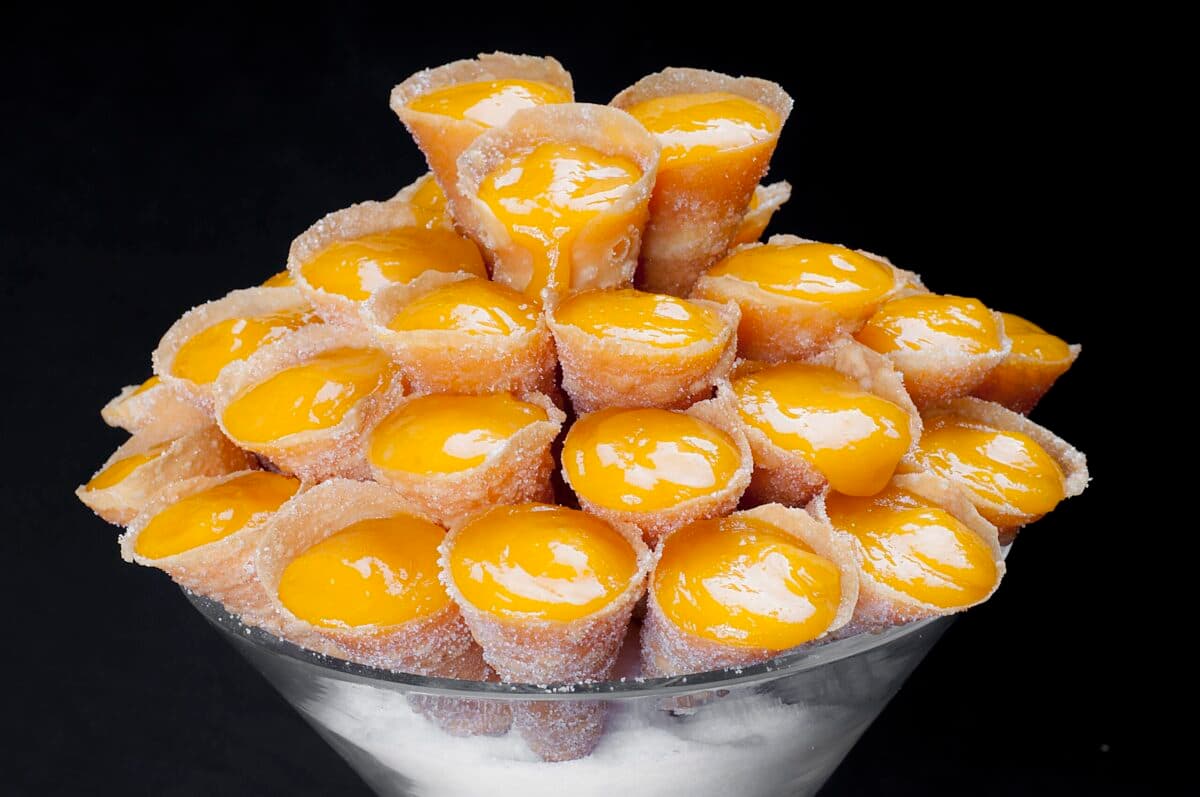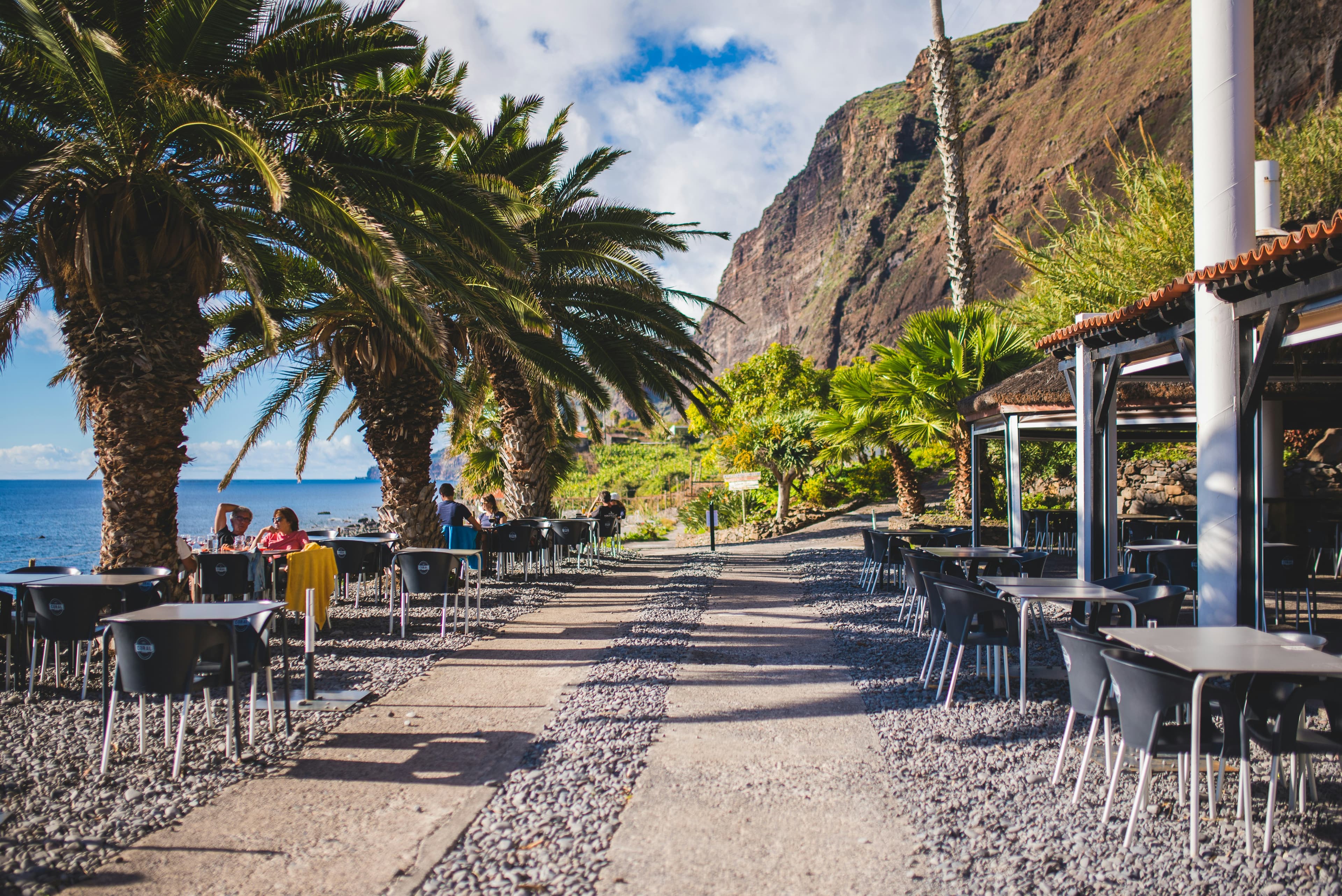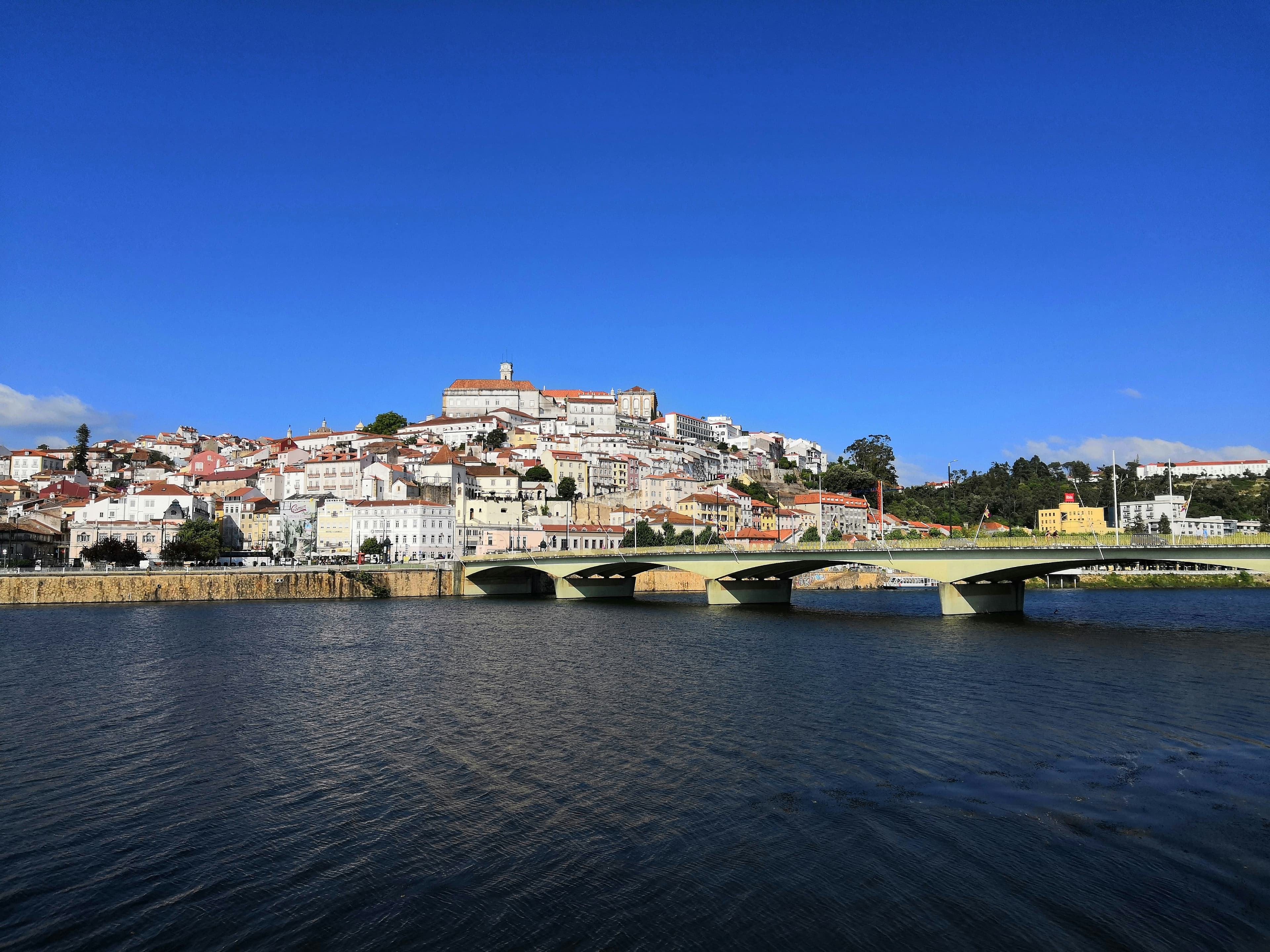
The Ginjinha
cherries, sugar and Lisbon history
When you think of a small glass that sums up Lisbon in a single sip, Ginjinha often comes to mind. Dark-red, sweet but not too sweet, served in a tiny glass or sometimes in a chocolate cup, this sour-cherry liqueur embodies a delicious blend of popular tradition and urban indulgence. Here is everything you need to know — and savour — about it.
What is Ginjinha ?
Ginjinha (sometimes simply “Ginja”) is a Portuguese liqueur made by macerating sour cherries (in Portuguese “ginja”, Prunus cerasus austera) in aguardente or other strong alcohol, to which sugar and often spices such as cinnamon or cloves are added. The result: a flavour that balances fruity acidity and sweetness, a ruby-red colour, and an alcohol level generally around 18% to 24%.
It is traditionally enjoyed “com elas” or “sem elas” (that is, with or without the macerated cherries at the bottom of the glass).
The origin and a few historical notes
The exact history of Ginjinha is a little hazy, but charming. One widely circulated version attributes its creation to Francisco Espinheira, a Galician monk based at the Igreja de Santo António in Lisbon, who, in the 19th century (around 1840), is said to have combined sour cherries, aguardente, sugar and cinnamon, thus creating a drink that quickly became popular.
The oldest shop-bar dedicated to Ginjinha in Lisbon, A Ginjinha, is located at Largo de São Domingos 8, near Rossio Square, and was founded around 1840.
Subsequently, Ginjinha spread to other regions of Portugal, notably to Óbidos where it is sometimes served in a small edible chocolate cup.
A truly Lisboan drink
In Lisbon, strolling through the city centre streets (Baixa, Rossio, Restauradores) often means stumbling upon a tiny Ginjinha counter. You stop for a moment, ask for “com elas, por favor”, clink glasses with locals or tourists and enjoy. The price? Modest. Often between €1 and €1.50 per glass.
The ritual is simple but charming: the counter is tiny, the atmosphere spontaneous. At A Ginjinha, for example, there are not always seats, you drink standing, chat, and go on your way. The cherry at the bottom of the glass is a little extra not to overlook.
How it is made
The production process remains fairly simple but requires patience and care. The cherries (often with pits) are left to macerate in aguardente with sugar and spices. The maceration time may vary depending on the producer.
The fruit gives a beautiful colour, an intense aroma, cinnamon and/or cloves add a discreet spicy note. The alcohol and sugar levels vary but the balance must remain clear. You want to taste the cherry as much as the alcohol base.
Some current examples

In Lisbon, the bar A Ginjinha remains one of the must-visit addresses.
In Óbidos, Ginja (a variation of Ginjinha) is served in chocolate cups. This sweet little twist becomes a tasty souvenir to take away.
Some contemporary brands aim for artisanal production, organic or additive-free, such as the brand “Ginja9” which has won international awards.
Why do we love Ginjinha ?
Several reasons, it has a recognisable and typical flavour: fruity, slightly tangy, without tipping into artificial sugary pastry. It is a Lisboan moment: pausing for a second, drinking a tiny glass on the corner of a street, experiencing the city differently. It represents strong local culture: it belongs to the heritage of Lisbon’s cafés and streets. It is accessible, for a modest price, you discover, you taste, you move on.
Enjoying it properly (and some tips)
Ask for “com elas” to get the cherry at the bottom of the glass.
Choose a small glass, take your time: it is not a brutal shot, but a moment of tasting.
Watch the cherry pit, do not swallow it !
If you are in Óbidos, try the version in the chocolate cup, a gentle and playful experience.
As a pairing, it can be enjoyed as a digestif after a meal, or simply as an “end-of-day glass”.
If you are sensitive to sugar or alcohol, choose a producer or a less sweet version: there are big differences between brands.
And now, a bit of current context
Ginjinha continues to live on, renewing itself while staying true to its spirit. It is sometimes exported (although most consumption remains in Portugal) and some producers give it a “premium” profile.
It is also a little calling card for Lisbon. When a tourist orders a “ginjinha” under the arches of an old bar, they taste a fragment of history. But the balance is sometimes fragile: the tradition of old bars is under pressure from tourism and urban change.
So long live Ginjinha
If you come to Lisbon and you want to drink something truly local, seek out a glass of Ginjinha. It is not just a digestif: it is a tradition, a little story, a moment of pause in the city.
The cherry, the alcohol, the sugar, the cinnamon: everything combines to create a distinctive flavour unlike anything else. And the best part? It is modest, discreet, authentic.
So yes: “Sabe que nem ginjas”
it really does taste like ginja. Cheers!
Share this article
Suggested articles

Convent Sweets: Delicacies Born in the Monasteries
Portugal wouldn’t be the same without its convent sweets. These golden pastries, rich in egg yolks and scented with cinnamon, tell the story of a country where faith met indulgence. Born in the silence of monasteries between the 15th and 18th centuries, they were once made by monks and nuns, often to support the convent or thank benefactors. Today, they are an essential part of Portuguese culinary heritage.

Madeira: island cuisine and espetadas
The archipelago of Madeira, located off the Portuguese coast, is much more than just a paradise for hikers or nature lovers: its cuisine reflects its history, its geography and its island spirit. Among the emblematic dishes, the Espetada stands out for its rustic simplicity, its generosity and its ability to gather people around the fire. In this article, we explore the island cuisine of Madeira in general, and then take a deep dive into the espetada: its origin, preparation, side dishes and why it is a must-try during a stay on Madeira.

Where to eat in Coimbra if you’re a student: fun, affordable and friendly spots
Coimbra is home to the esteemed University of Coimbra and its student population creates a vibrant food scene geared toward affordability and simplicity. With so many students, many restaurants offer student menus or prato do dia (dish of the day) at great value. The official tourism site notes that restaurants range from typical family-run taverns to more sophisticated diners. In short: good food, good price, good vibe.

Bairrada, Land of Suckling Pig and Sparkling Wine
In the heart of central Portugal, between the valleys of the Mondego and Vouga rivers, lies the region of Bairrada, a land where vineyards meet pig farms, where the slow heat of wood-fired ovens blends with the effervescence of sparkling wine. Here, every meal is a ritual and every sip a celebration. If you’re looking for an authentic Portugal, far from seaside clichés, let yourself be charmed by Bairrada, a land of indulgence, warmth, and tradition.

Pão de Ló
In every Portuguese family, there’s a cake that comes out of the oven like a little sun: the pão de ló. Golden, airy, soft, it always announces something joyful. It’s the cake of dressed-up Sundays, overfilled tables, and aunts who hug you too tightly while saying how much you’ve grown.
.jpg&w=3840&q=75)
Pastéis de Bacalhau
There are dishes that smell like holidays and grandma’s kitchen. Pastéis de bacalhau are exactly that. These little golden cod croquettes, crispy on the outside and soft on the inside, are at once an appetiser, a madeleine of Proust, and proof that Portugal has completely mastered the art of frying.


